Programs
Biodiversity and Protection of Ecosystem Services
Fundy Biosphere is a learning place for sustainable development, where we work with community partners to test innovative approaches to understanding changes in the Bay of Fundy’s land, freshwater and ocean ecosystems so we can better manage biodiversity.
This includes working to halt and reverse biodiversity loss, mitigate flora and fauna poaching, reduce the impact of invasive species, integrate biodiversity into local land use planning and research, monitoring, analysis and document biodiversity.

With our partners, we develop solutions that reconcile the conservation of biodiversity with its sustainable use. Our long-term goal is to ensure ecosystems in the region are intact, providing air and water filtration, healthy food, carbon storage, erosion and flood control, and other ecological services, which will allow a diversity of wildlife to thrive.
As coastal people, we actively work to conserve and sustainably use the Bay of Fundy and its marine resources. This includes preventing and significantly reducing marine pollution, particularly from land-based activities, strengthening the resilience of our marine and coastal ecosystems to achieve a healthy and productive Bay, and stewarding and restoring key coastal areas for the preservation of biodiversity for generations.
Across the region over 10% of terrestrial lands are conserved in the form of National Wildlife Areas, National Parks, Provincial Nature Legacy Protected Areas, Nature Preserves and OECMs. Other Effective Conservation Measures (OECMs) offer an opportunity to look beyond the typical mechanisms for conservation. While traditional protected areas are managed specifically for the outcomes of conservation, OECMs are managed under different objectives but still achieve valuable conservation.
Learn more below:


